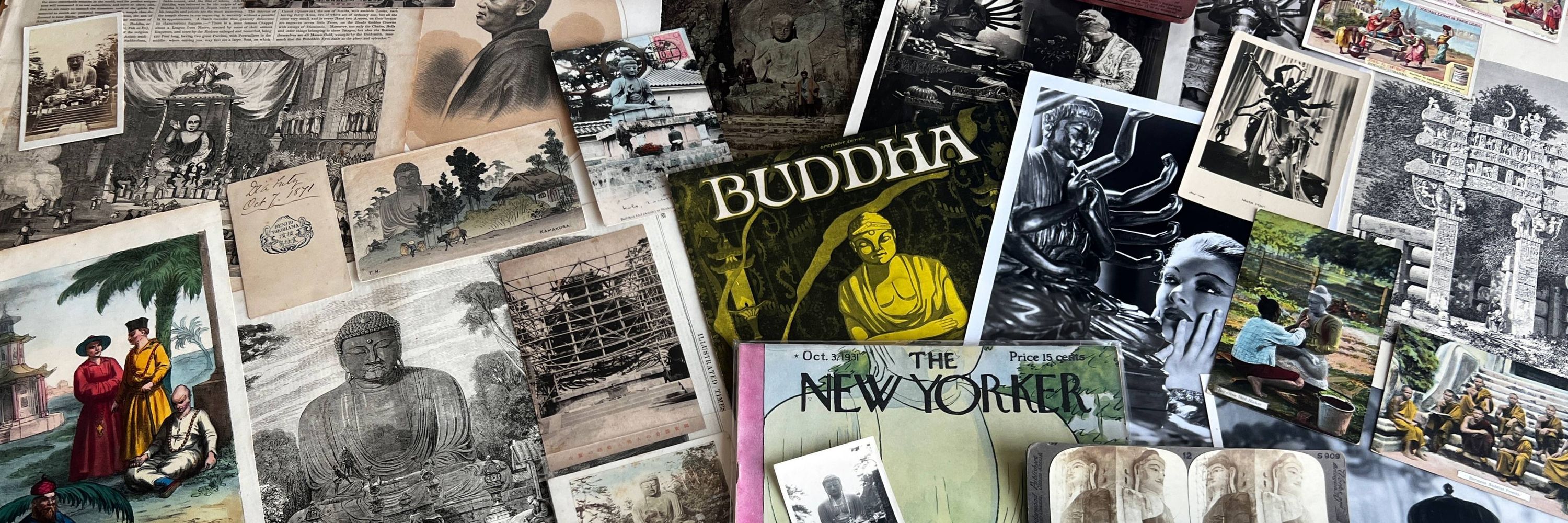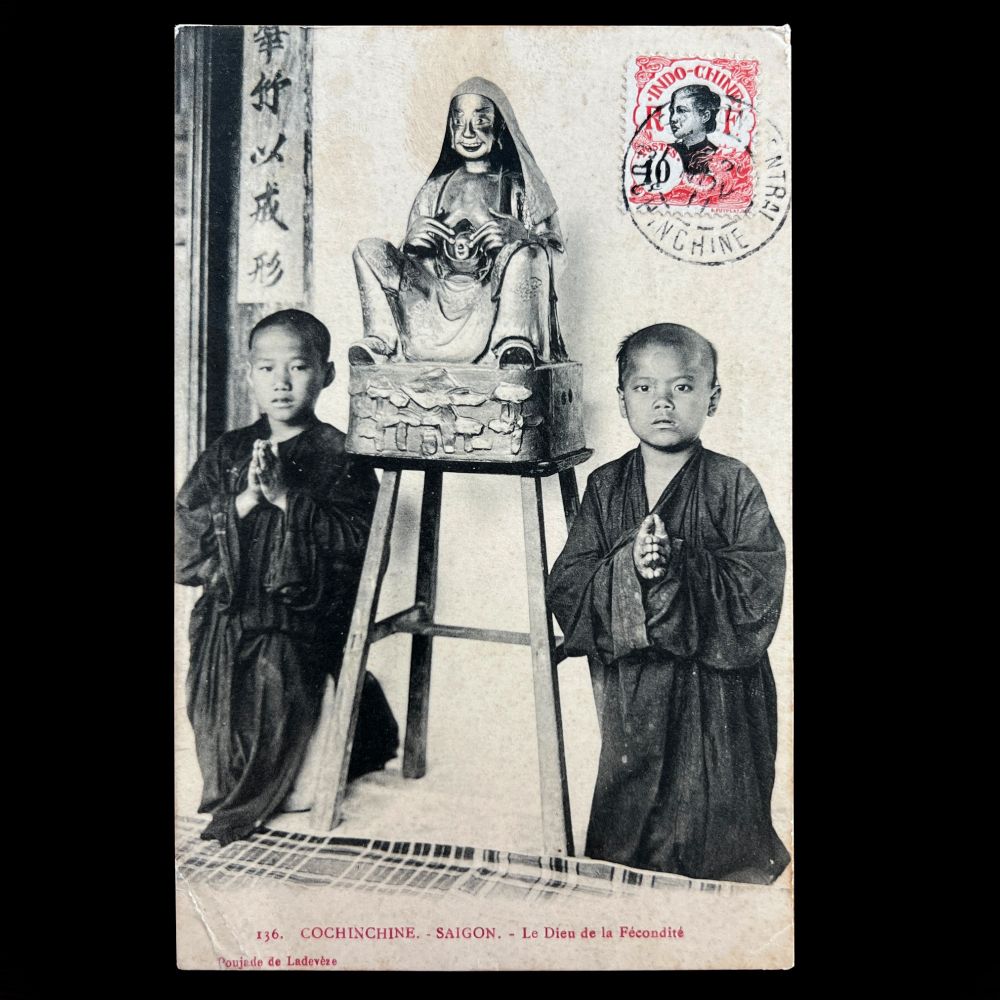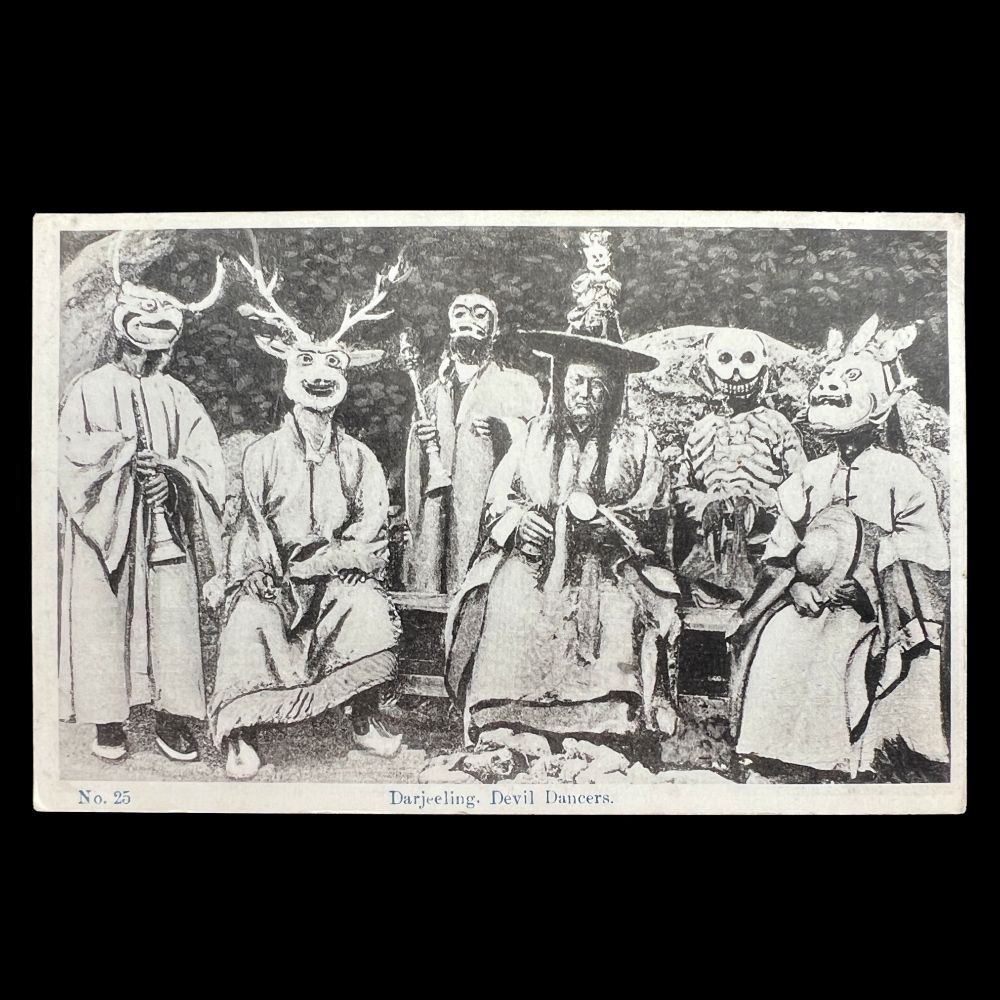
📜 #buddhasinthewest
🌟 New Posts: Mon, Wed, & Fri.
Built by a once-exiled French army officer, the pagoda at Chanteloup remains one of the few remnants of the palace.🧵
🗃️ 📜 #France

Built by a once-exiled French army officer, the pagoda at Chanteloup remains one of the few remnants of the palace.🧵
🗃️ 📜 #France
Built by a once-exiled French army officer, the pagoda at Chanteloup remains one of the few remnants of the palace.🧵
🗃️ 📜 #France

Built by a once-exiled French army officer, the pagoda at Chanteloup remains one of the few remnants of the palace.🧵
🗃️ 📜 #France
Built as part of a luxury resort, the building and land were donated to the city in 1911, making this Buddhist-inspired building a symbol of the city. 🧵
🗃️ 📜 #Pennsylvania

Built as part of a luxury resort, the building and land were donated to the city in 1911, making this Buddhist-inspired building a symbol of the city. 🧵
🗃️ 📜 #Pennsylvania
Built as part of a luxury resort, the building and land were donated to the city in 1911, making this Buddhist-inspired building a symbol of the city. 🧵
🗃️ 📜 #Pennsylvania

Built as part of a luxury resort, the building and land were donated to the city in 1911, making this Buddhist-inspired building a symbol of the city. 🧵
🗃️ 📜 #Pennsylvania
We look at the early European depictions of the Buddha and Buddhist monks from the 1660s to 1850s.
🗃️ 📜 #Buddhasinthewest

We look at the early European depictions of the Buddha and Buddhist monks from the 1660s to 1850s.
🗃️ 📜 #Buddhasinthewest
We look at the early European depictions of the Buddha and Buddhist monks from the 1660s to 1850s.
🗃️ 📜 #Buddhasinthewest

We look at the early European depictions of the Buddha and Buddhist monks from the 1660s to 1850s.
🗃️ 📜 #Buddhasinthewest
Occupying church halls or town theaters, returning travelers often used “magic lantern” slides to illustrate their captivating travel narratives. 🧵
🗃️ 📜 #Japan

Occupying church halls or town theaters, returning travelers often used “magic lantern” slides to illustrate their captivating travel narratives. 🧵
🗃️ 📜 #Japan
Occupying church halls or town theaters, returning travelers often used “magic lantern” slides to illustrate their captivating travel narratives. 🧵
🗃️ 📜 #Japan

Occupying church halls or town theaters, returning travelers often used “magic lantern” slides to illustrate their captivating travel narratives. 🧵
🗃️ 📜 #Japan
Thank you to everyone for the support! 🙏
👉 tinyurl.com/4kmcwp87


Thank you to everyone for the support! 🙏
👉 tinyurl.com/4kmcwp87
In 1905 National Geographic printed a few of the first photos of the region and a decade later, in 1916, published a large panoramic insert of Lhasa's Potala Palace. 🧵
🗃️ 📜 #Tibet

In 1905 National Geographic printed a few of the first photos of the region and a decade later, in 1916, published a large panoramic insert of Lhasa's Potala Palace. 🧵
🗃️ 📜 #Tibet
In 1905 National Geographic printed a few of the first photos of the region and a decade later, in 1916, published a large panoramic insert of Lhasa's Potala Palace. 🧵
🗃️ 📜 #Tibet

In 1905 National Geographic printed a few of the first photos of the region and a decade later, in 1916, published a large panoramic insert of Lhasa's Potala Palace. 🧵
🗃️ 📜 #Tibet
One of the city’s main attractions was a giant statue of Vairocana Buddha displayed outside the main temple gate of Shinkōji until the complex was destroyed during WWII. 🧵
🗃️ 📜 #Japan #真光寺

One of the city’s main attractions was a giant statue of Vairocana Buddha displayed outside the main temple gate of Shinkōji until the complex was destroyed during WWII. 🧵
🗃️ 📜 #Japan #真光寺

As knowledge of this practice spread to Europe, depictions of "treading on the crucifix," appeared in illustrated works by the 18th century. 🧵
🗃️ 📜 #Japan

As knowledge of this practice spread to Europe, depictions of "treading on the crucifix," appeared in illustrated works by the 18th century. 🧵
🗃️ 📜 #Japan
As knowledge of this practice spread to Europe, depictions of "treading on the crucifix," appeared in illustrated works by the 18th century. 🧵
🗃️ 📜 #Japan

As knowledge of this practice spread to Europe, depictions of "treading on the crucifix," appeared in illustrated works by the 18th century. 🧵
🗃️ 📜 #Japan
The first commercial photography studios in Vietnam opened in Saigon soon afterwards, with some producing intimate views of local Buddhist temple life. 🧵
🗃️ 📜 #Vietnam

The first commercial photography studios in Vietnam opened in Saigon soon afterwards, with some producing intimate views of local Buddhist temple life. 🧵
🗃️ 📜 #Vietnam
The first commercial photography studios in Vietnam opened in Saigon soon afterwards, with some producing intimate views of local Buddhist temple life. 🧵
🗃️ 📜 #Vietnam

The first commercial photography studios in Vietnam opened in Saigon soon afterwards, with some producing intimate views of local Buddhist temple life. 🧵
🗃️ 📜 #Vietnam
Through the 1920s studio art directors built bigger sets and fine Buddhist statuary that was once purchased or borrowed was increasingly made of wood and plaster. 🧵
🗃️ 📜 #Hollywood

Through the 1920s studio art directors built bigger sets and fine Buddhist statuary that was once purchased or borrowed was increasingly made of wood and plaster. 🧵
🗃️ 📜 #Hollywood
The main visual language was the stereotype, and places like Japan were depicted as a mélange of mystery, pagodas, and odd idols. 🧵
🗃️ 📜 #France #Japan

Dressed in the ceremonial regalia of masked dance, performing monks became a popular visual motif for representing Tibetan Buddhism. 🧵
🗃️ 📜 #Tibet

Dressed in the ceremonial regalia of masked dance, performing monks became a popular visual motif for representing Tibetan Buddhism. 🧵
🗃️ 📜 #Tibet
In 1901 Benjamin Kilburn released a beautiful series of views of Japan where Buddhism played a minor role. 🧵
🗃️ 📜 #Japan

In 1901 Benjamin Kilburn released a beautiful series of views of Japan where Buddhism played a minor role. 🧵
🗃️ 📜 #Japan
One, the murderous hatchet man, can be seen in the back alley, while other is seen peering out the curio shop window: an icon of a buddha. 🧵
🗃️ 📜 #Chinatown

One, the murderous hatchet man, can be seen in the back alley, while other is seen peering out the curio shop window: an icon of a buddha. 🧵
🗃️ 📜 #Chinatown
Although anonymous, we can identify him as one of the pioneers of the Buddhist revivalist movement in the 19th century, Hikkaduwe Sumangala. 🧵
🗃️ 📜 #SriLanka

Although anonymous, we can identify him as one of the pioneers of the Buddhist revivalist movement in the 19th century, Hikkaduwe Sumangala. 🧵
🗃️ 📜 #SriLanka
The museum housed a large altar in the rear of the main arcade to enshrine an icon of Guanyin. 🧵
🗃️ 📜 #Chicago
![The image depicts a colorful interior scene from the Ling Long Chinese Museum, specifically the so-called “Temple of Kung Yin” [sic]. It showcases a seated image of Guanyin on a lotus pedestal. The image is centrally positioned and surrounded by intricate ornamental pillars and panels featuring decorative patterns and red and yellow Chinese text. Two lion statues flank the pedestal, contributing to the symmetrical composition. The background includes a richly decorated wall with intricate artwork. The floor consists of multicolored tiles, adding texture to the scene.
Sort available posts on Bluesky using #Buddhasinthewest | All posts archived here: tinyurl.com/4kmcwp87 🔍 🗃️ 📜](https://cdn.bsky.app/img/feed_thumbnail/plain/did:plc:ftj2bmay74kldpsbikim2lnu/bafkreihsikhrtkbkir57f2nto6nypsyj65e4fnvkjvrbxhbad643x4ai64@jpeg)
The museum housed a large altar in the rear of the main arcade to enshrine an icon of Guanyin. 🧵
🗃️ 📜 #Chicago
The compound is punctuated by several ornate gate houses, including the one here known as Yashamon for the Buddhist guardian figures protecting it. 🧵
🗃️ 📜 #Japan #夜叉門


